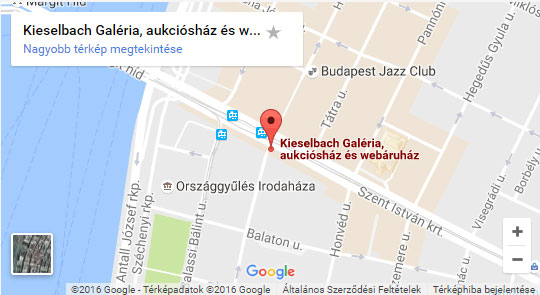Ferenc Berkó Nagyvárad/Oradea, 1916.01.26. - 2000. 03.18., Aspen (Col) USA

He was born in Hungary, but after his mother's death with his father, and sister and grandmother moved from Rumania to Germany in 1921. They moved to Dresden, where his father, who was a student of Freud, was appointed as a neurologist, head of the psychiatric department of the Lohman Sanatorium. His father died in 1930, from which he became the owners of Adler Werke. As a gymnast, he began photographing with a Kolibri with which he made many school recordings, then he got a Leica from his foster parents. He also made an own dark chamber.
1934: he moved to London where E.O. Hoppe taught him.
1936: he won 5,000 pound with an important photo competitions at the Boots factory, one of his pictures, the Leitz factory magnified a huge picture. He filmed short films at "Film Art". His recordings were in English, American and French newspapers (Liliput, Coronet, Photography, The Naturalist, Paris Magazine). He always spent his summer holidays in Hungary, also made footage, for example many recordings of the Jewish district of Budapest.
1938: he moved to India as a photographer, filmmaker, and then opened a portrait studio in Bombay.
He continued to publish his pictures (mainly his nudes) in European and American photographer magazines (Du, US Camera, Popular photography) and in Yearbooks (US Camera Yearbook). As a captain of the British Army during the World War II, he was the commander of the film-making unit, arranging pseudo-documentary films for the purpose of propaganda.
1947: at the invitation of László Moholy-Nagy, after the death of Moholy, at Serge Chermayeff's repeated request, he became a photo and film teacher at the Institut of Design in Chicago.
1948: by Walter Paepcke became a photographer at the Institute of Human Sciences in Aspen (Colorado).
1951: on behalf of Paepcke, he organized a conference with the largest American photographers (Ansel Adams, Minor White, Dorothea Lange, Eliot Porter, Frederic Sommer, Wayne Miller, Nancy and Beaumont Newhall, Berencie Abbott…), which led to the creation of the Aperture magazine. He continued his film career, filming commercials. (Container Corporation, Samsonite, Westingshouse).
He was called the "master of quiet colors". In addition to his colorful pictures, his recordings and employee (industrial, advertising) photos, portraits of famous people made him known.
On the name of Berko Photography in the historic Aspen Victorian part, opened in a purple Victorian house, a place on 616 West Main Street where Berko's photos, his wife, Mirte's objects, games and more are sold.
His exhibitions:
1967.His colorful paintings were discovered after the Cincinatti Museum of Art was presented in several galleries in the USA. 1972 (color recordings), Museum Fort Worth; 1978 [Keld Helmer Petersen], Photokina, Cologne; 1983. Portraits of Aspen, 1949–1983, Aspen; 1991 (retrospective), Arles; 1994 (retrospective) Budapest Gallery; 1994 (retrospective) Hungarian Cultural Center, Prague; 2003. Seen and Seen Again. Ferenc Berko Hood Museum of Art Dartmourth College, Hanover, 2003. New Hampshire 2003. Aspen Art Museum, Aspen, Colorado Oct. 2003 Dec 10
His books:
Karl Steinorth: Ferenc Berko. 60 Jahre Fotografie. The Discovering Eye. Frankfurt, 1991.
Berko: Photographs 1935-1951. Graphis, 2000. (Only from his nude photos)










